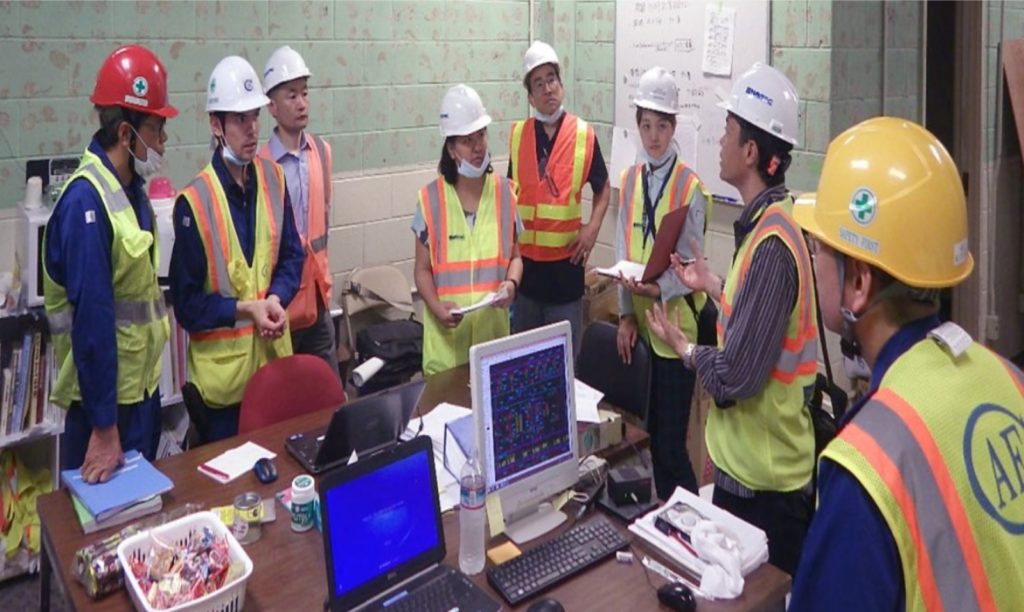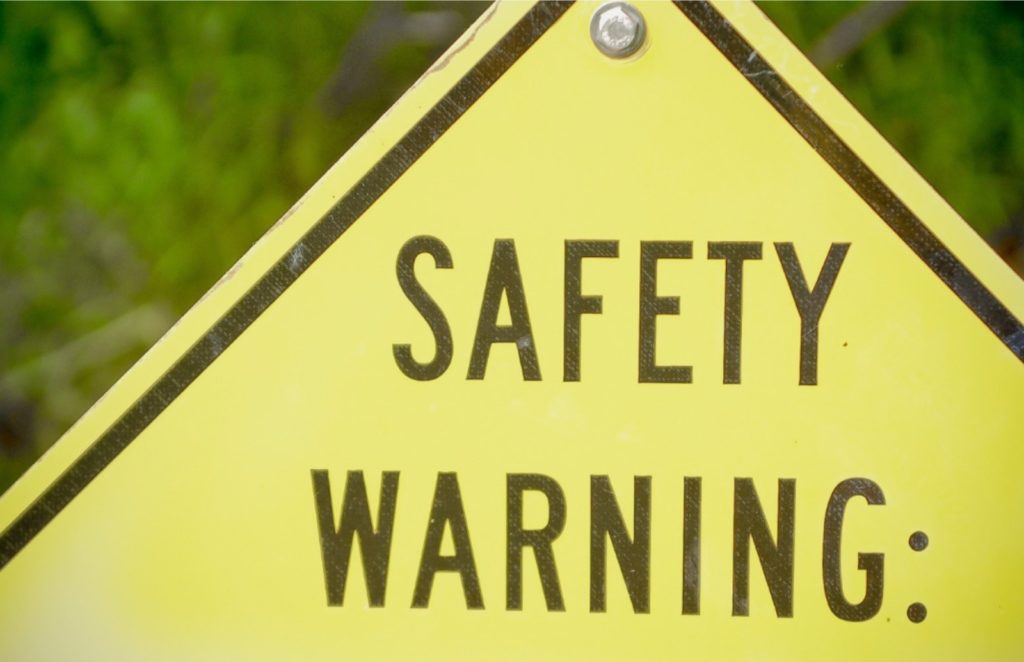In the complex and multifaceted field of construction, certain pitfalls can impede progress and undermine the quality of projects. Understanding and addressing these issues is paramount for a general contracting company to demonstrate its expertise and commitment to excellence in the construction industry.
Here’s an informative overview of the five most common pitfalls in construction and strategies to effectively avoid them:
Poor Planning and Design

Challenge: Planning and design errors in construction are critical, leading to costly mistakes, delays, and compliance issues. The complexity of projects, combined with technology and client expectations, emphasizes the need for thoroughness. Effective collaboration is crucial, as missteps in these early stages can cascade, compromising project success.
Strategy: To avoid planning and design mistakes in construction, leverage technology, ensure thorough analysis, foster collaboration, implement rigorous quality control, involve clients, and regularly update plans.
Inadequate Budgeting

Challenge: In construction, inadequate budgeting is common due to underestimated costs, limited risk assessment, and intense competition for lower bids. This leads to financial strain, compromises in quality, and project delays, emphasizing the need for realistic alignment with project requirements.
Strategy: To prevent inadequate budgeting in construction, conduct thorough risk assessments, ensure transparent communication for realistic cost estimations, promote a culture of accurate budgeting, and regularly review and adjust budgets to align with project requirements.
Communication Breakdown

Challenge: Communication breakdown in construction is critical for collaboration. Ineffective communication causes misunderstandings, delays, and compromises project quality. Clear, constant communication is essential for coordination, alignment with goals, and avoiding disputes. Lapses hinder coordination and project management, impacting the entire construction process.
Strategy: Prevent communication breakdown in construction by establishing clear channels, fostering an open environment, using project management tools, addressing concerns in regular meetings, and providing communication training for project teams.
Project Management Challenges

Challenge: In construction, project management issues stem from complexity, tight timelines, and coordination challenges. Ineffective scheduling, poor communication, and inadequate resource allocation result in delays, budget overruns, and compromised quality. The failure to proactively manage scope changes, integrate technology, and align with client expectations increases the likelihood of project management mistakes.
Strategy: Prevent project management issues in construction by meticulous planning, realistic scheduling, effective communication, efficient resource allocation, proactive scope management, technology adoption, and client alignment. Regular monitoring and updates ensure timely issue resolution and prevent delays, cost overruns, and quality compromises.
Safety Negligence

Challenge: Safety negligence in construction arises from risks, complex operations, and inadequate training. Time pressure, supervision gaps, and communication breakdowns lead to safety protocol lapses. To prevent accidents, prioritize a safety culture, regulatory compliance, and protective equipment, alongside rigorous training, effective supervision, and clear communication.
Strategy: To prevent safety negligence in construction, prioritize rigorous training, ensure effective supervision, foster a strong safety culture, maintain clear communication channels, provide adequate personal protective equipment, comply with safety regulations, and emphasize the importance of always adhering to safety protocols
To navigate these pitfalls, projects should prioritize detailed planning, realistic budgeting, efficient project management, clear communication channels, and a robust commitment to safety. Incorporating technology and fostering a strong safety culture through continuous training are crucial for minimizing risks and ensuring successful construction projects.

